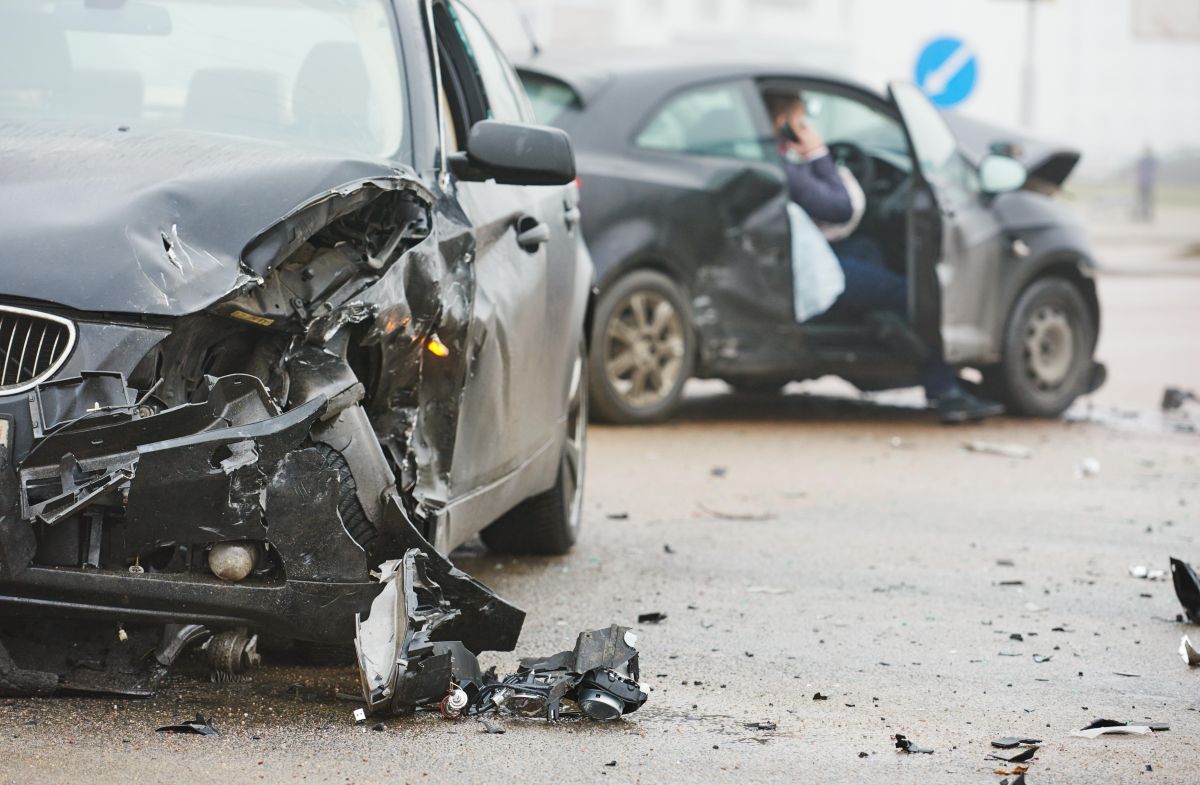As vehicles continue to grow larger, heavier and faster, accident severity is increasing, but the wider availability of ADAS features like automatic emergency braking (AEB) is showing an effect on accident frequency.
That is according to Kay Wakeman, a research analyst with the Insurance Institute for Highway Safety (IIHS) and Highway Loss Data Institute (HLDI), who spoke about vehicle fleet trends and how they will affect collision repair during the 2024 Women’s Industry Network (WIN) Annual Conference, held in May in Newport Beach, CA.
Wakeman said the average age of vehicles on the road in the U.S. today has grown to 12 years old, meaning it will take a while for the effects of technology like ADAS features, currently widely available only on newer models, to be reflected in crash data.
As of 2022, about 20% of U.S. vehicles have AEB. Wakeman said it will likely take until 2045 to 2050 before 95% of the U.S. vehicle fleet has the technology, which, it was recently announced, will be a standard feature on all new light-duty passenger vehicles by 2029.
 Kay Wakeman, research analyst with the IIHS and HLDI.
Kay Wakeman, research analyst with the IIHS and HLDI.
“These things are going to become more and more prevalent, so as you’re thinking about the future at your shops and the types of vehicles you’re going to be repairing, know that this is coming,” Wakeman said.
Adding ADAS to vehicles has proven to drive down the frequency of accident claims, but it increases the average severity, Wakeman said.
Part of that is due to “mean shifting.” ADAS systems that work at low speeds help prevent a lot of “low-dollar” claims, like those in parking lots, removing them from the data set. That leaves higher-dollar claims as the larger share of the entire set, which affects the median (overall average) and mean (middle number, when placed in order.)
“Claims severity is a really complicated issue,” Wakeman said. “Yes, there’s a cost of calibration associated with these systems, but there’s also this element that the types of claims that are still happening look different than what we’re used to.”
Vehicles Get Bigger, Heavier, More Powerful
In the early 1980s, the car was king, a small percentage of people drove pickup trucks and no one drove an SUV, Wakeman said. As of 2022, 50% of the vehicles sold in the U.S. are SUVs. Pickup trucks have maintained their presence in the fleet, but cars have been on a steady decline.
Vehicle specs have also changed a lot in the last 40 years, Wakeman said.
Weight has gone up for all vehicle types, but especially for pickup trucks. There has also been an increase in length for most vehicles other than cars.
More vehicles sold today have four-wheel drive, making them weigh more and cost more to repair, Wakeman said.
Looking at cars, most sold today are small or mid-size, as micro and very large cars have been phased out.
The size of the vehicle really matters, Wakeman said. She showed a video of a crash test in which a Smart car and a Mercedes-Benz C-class crashed head-on. The Smart car crumpled, and the test dummy in the driver’s seat hit its head on the car’s A-pillar, “most likely a fatal hit,” she said.
“Remember, that’s a Mercedes C-class,” Wakeman said. “That’s not a Ford F-150; that’s a small car. So you can imagine just how much more devastating it can be.”
Luxury and sports cars have doubled in popularity over the last 40 years, Wakeman said, which are more expensive to purchase and repair, which can impact severity.
Shifting to pickup trucks, small pickups’ popularity hit a low in 2014, but have rebounded recently, helped by Ford bringing back its Ranger and introducing the smaller Maverick. However, larger models, like the Ford F-150, still have the largest chunk of the market.
In 1981, most trucks had a two-door cab. Today, more than 90% have a four-door cab, which are much bigger and heavier than the two-door version, adding more mass and weight to crashes.
Looking at SUVs, most sold are small or mid-size, as many of the mini and large models have been phased out, similar to cars.
In the 1980s, there was no such thing as a luxury SUV, but they now make up nearly 20% of the SUVs sold, Wakeman said.
And while truck owners seem to be concentrated in certain parts of the country, SUV owners are everywhere. “For the most part, SUVs are all over,” Wakeman said.
Horsepower More Affordable Than Ever
Horsepower is where “things have absolutely skyrocketed” over the last 40 years, Wakeman said -- it has tripled for pickup trucks and doubled for SUVs and cars.
“We now have vehicles capable of going faster while weighing more than they ever have before,” she said. “That’s leading to much more force in a crash.”
In 1999, the highest-powered vehicle in the HLDI vehicle database was the Ferrari 550 Maranello, which had 478 hp and cost $220,000. There were only 239 in the database.
Fast forward to 2019, and that same amount of power was available for $47,000 in a Ford Mustang Bullitt. A Chevy Camaro with a slightly lower rating of 455 horsepower only cost $27,000. There were 2,500 and 6,000 of each, respectively, in the database.
“Horsepower has become a lot more affordable for the average person,” Wakeman said.
Research shows people drive faster as their vehicles become more powerful. More concerning is data showing the biggest increases in speeding have happened on roads rated at 40 to 45 mph -- meaning people are driving faster on neighborhood roads, which pedestrians and cyclists are also using.














Abby Andrews